A landscape describes all the visible features of the Earth’s surface now or in the past. We can learn about Earth’s landscapes from the past by studying rock layers and the fossils found in them.
To better understand Earth’s surface features and landscapes ….
LET’S BREAK IT DOWN!
The oldest rock layers are at the bottom and the newest layers are at the top.
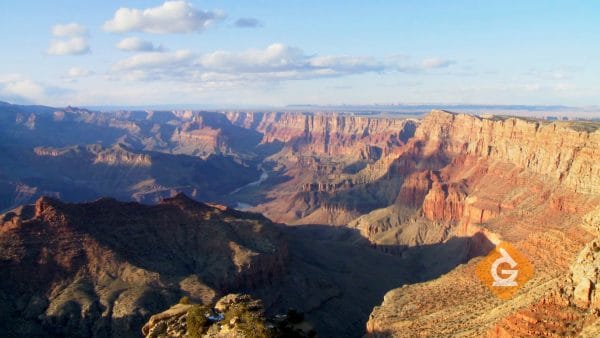
We can tell about the Earth’s history by looking at the different layers. The upper layers, those that are closest to the surface of the Earth, are the newest layers to be laid down.
Layers below are older. Since sedimentary rocks form on top of each other, it is very easy to see Earth’s geologic history in areas where this type of rock is found.
The Grand Canyon is an excellent example. For millions of years, the Earth’s surface was carved by the Colorado River. Many layers of sedimentary rock make up the mile-high walls of the canyon. The walls display a history of the Earth’s surface that dates back about 2 billion years.
The location of fossils in rock layers provides evidence of Earth’s past landscapes.
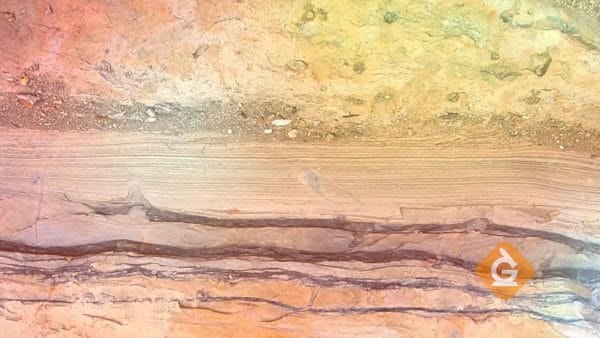
It is hard to guess the age of rock. Scientists have to act like detectives, piecing together a mystery to determine how long ago rocks formed.
Fossils found in a particular rock layer help scientists determine the age of the rock. Scientists use a technique called radiocarbon dating to find out the age of the fossils. Once they know the age of the fossil in the rock, they also know that rock itself is about the same age!
Sharktooth Hill in California tells a story of Earth’s past.
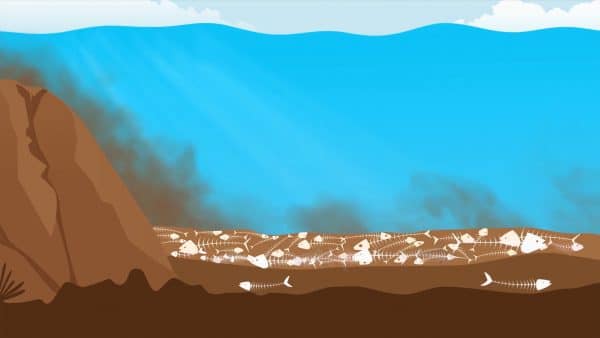
Sharktooth Hill in California is about 100 miles away from the ocean. Millions of years ago, Sharktooth Hill was under the ocean. Here, paleontologists find lots of fossils of marine life, surrounded by silt. The remains of ancient sharks, whales, dolphins, and turtles have been found buried 30 feet underground.
Scientists believe that this area was once an ocean with a river flowing into it which deposited sediment (sand and clay) at the bottom. When animals died here they were buried in the sediment. One day, the river stopped flowing and lots of animals collected at the bottom. When the river started flowing again, it buried all the bones together.
Now, millions of years later, this area is no longer an ocean and the bones are preserved as a layer of fossils known as a bone bed.

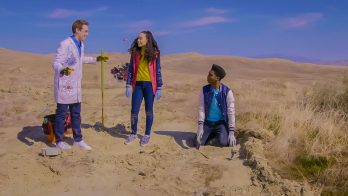








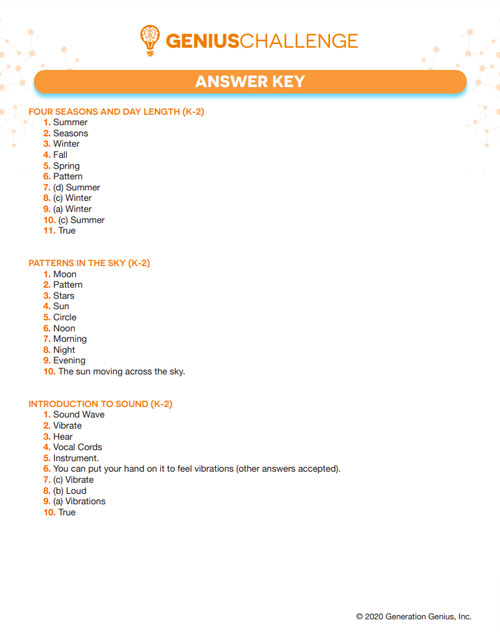























































































































 Select a Google Form
Select a Google Form









